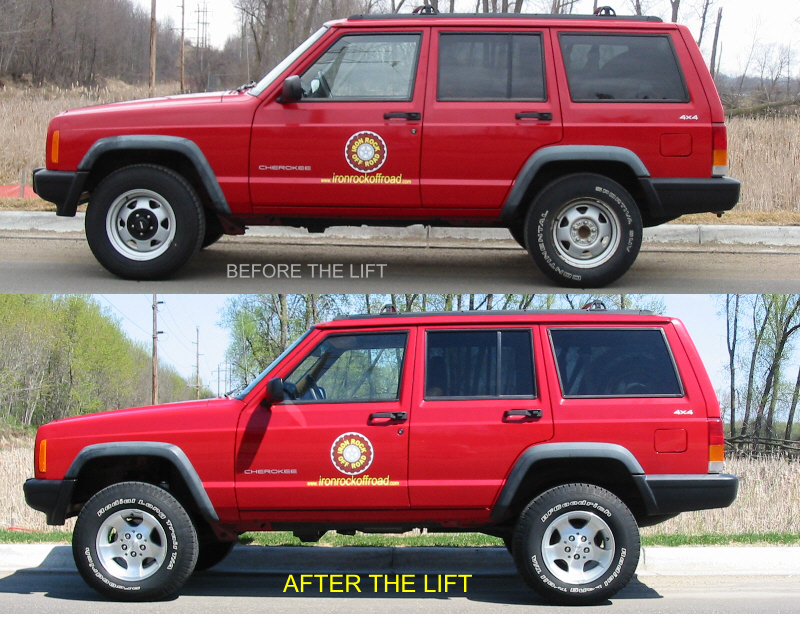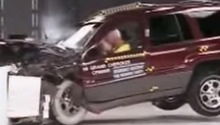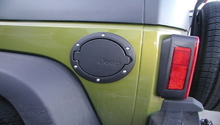Jeep Grand Cherokee 1994-2004: Buying Guide
The Jeep Grand Cherokee is a popular vehicle. Read on to learn whether this popular vehicle should top your to-buy list this year.
This article applies to the Jeep Grand Cherokee WJ (1994-2004).
You may have been told mileage is important when it comes to purchasing a used vehicle. However, this is not entirely true. How much mileage a car is less important than how well it has been maintained through the years. And the only way to determine if a vehicle has been properly maintained is to check its service history, which you can do by visiting a local Jeep dealership or certified mechanic. Here is your no-nonsense guide to buying a Jeep Grand Cherokee WJ.
Buying Advice
The Jeep Grand Cherokee is a reliable vehicle that can achieve well over 300,000 miles on the road (easily). Because it is one of the few vehicles on the market today that can be purchased with 100,000+ miles already on the odometer and still last, it is universally considered a good buy. To protect your investment, it's recommended that you don't wait to make needed repairs. Keep an eye out for your head gasket and transmission, as well as have your vehicle tuned up every 30,000 miles for optimum performance.

Engines
The 1994-2004 Jeep Grand Cherokee has two main available engines:
- 4.0L "Powertech" I6, which achieves 15 MPG city/21 MPG highway (2WD) and 15 MPG city/20 MPG highway (4WD) and has a towing capacity of 5,000 lbs.
- 4.7L "Powertech" V8, which achieves 14 MPG city/19 MPG highway (2WD and 4WD) and has a towing capacity of 6,500 lbs.
Both engines perform well and achieve relatively equal gas mileage. The 4.0L is durable and easy to repair. The 4.7L, on the other hand, offers incredible power and features a stronger transmission with a greater towing capacity.

Best Aftermarket Upgrades
Aftermarket upgrades are some of the easiest ways to improve the look of your Jeep Grand Cherokee WJ. The most common exterior modification is a lift.
- Sizes include 0-3", 4", 4-6" and long-arm suspension.
- Prices range from $500 to $1,500+.
Aftermarket steel bumpers and tow hooks are also highly popular with Jeep owners.

Common Questions
What are the best ways to rejuvenate a Jeep Grand Cherokee?
It's recommended that you tune up your Jeep every 30,000 miles to improve gas mileage and extend the life of your vehicle.
How does gas mileage differ between the 4.0 WJ and the 4.7 WJ?
The gas mileage is pretty even between the 4.0L "Powertech" I6 and the 4.7L "Powertech" V8. You won't notice a significant difference when comparing the two vehicles.
What options are available?
The 1994 Jeep Grand Cherokee WJ comes with a number of options, including but not limited to, skid plates, rear tow hooks, upcountry suspension and rain sensing wipers. Packages include: Towing package and smokers' package.
Common Issues
Cracks in the Head Gasket
If your head gasket cracks, you'll immediately notice a change in the way your vehicle performs. Engine misfires as well as oil and coolant leaks are common symptoms of a cracked head gasket. Because your engine is likely to overheat whenever your vehicle is in use, it's recommended that you have a cracked head gasket replaced immediately to prevent further damage.
Rusted Engine
As your engine ages, it can become corrosive and worn down. Rust can play serious havoc with your cylinders, making it necessary to either remove the rust, if possible, or replace your engine altogether. Check engine mount nuts and bolts for rust regularly, and keep your engine block clean using a professional-grade engine cleaner.
Broken Gas Cap
A broken gas cap can cause your check engine light to display on your dashboard. Use an on-board diagnostics tool to check your vehicle codes if the problem does not go away after replacing the cap.
Related Discussion
- Cherokee Buyers Guide - CherokeeForum.com






